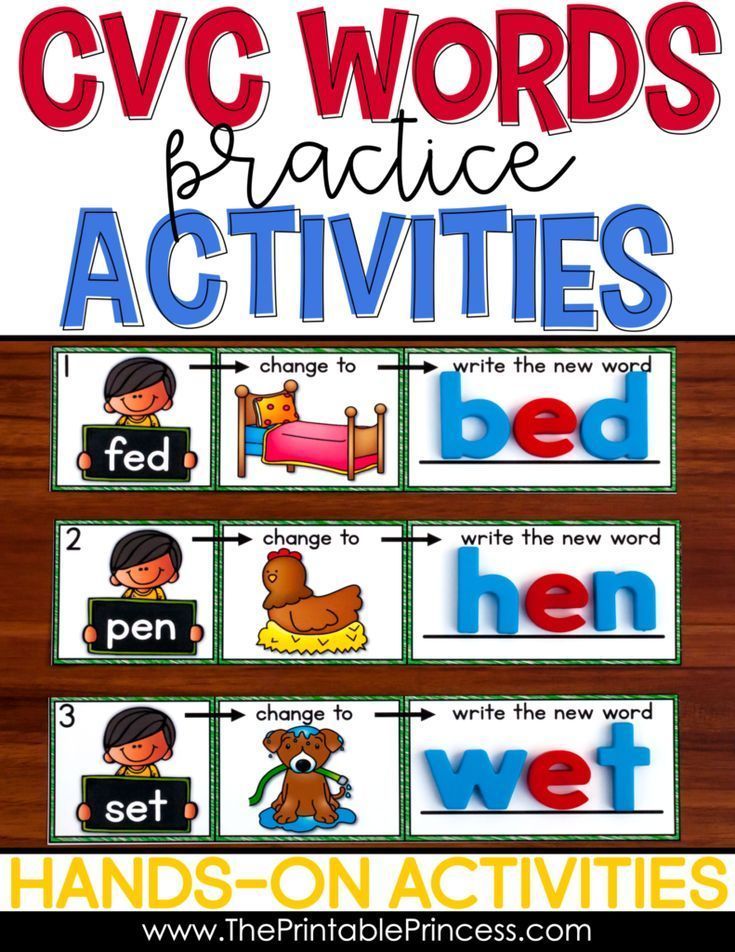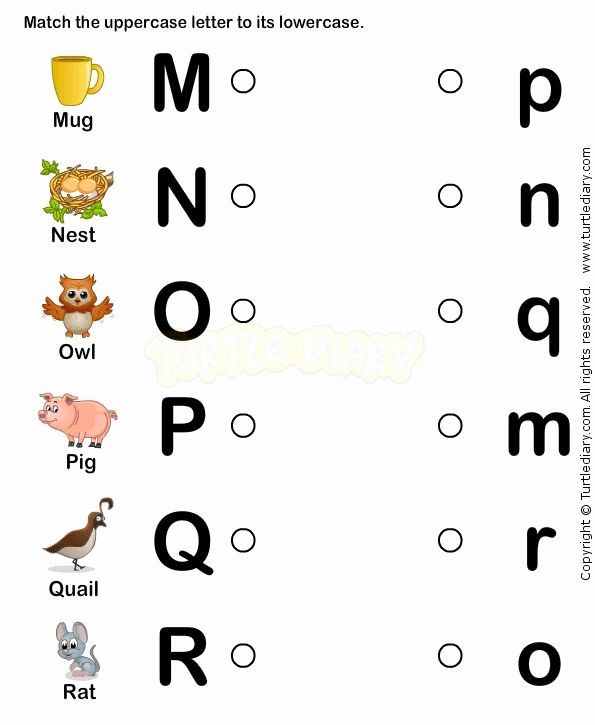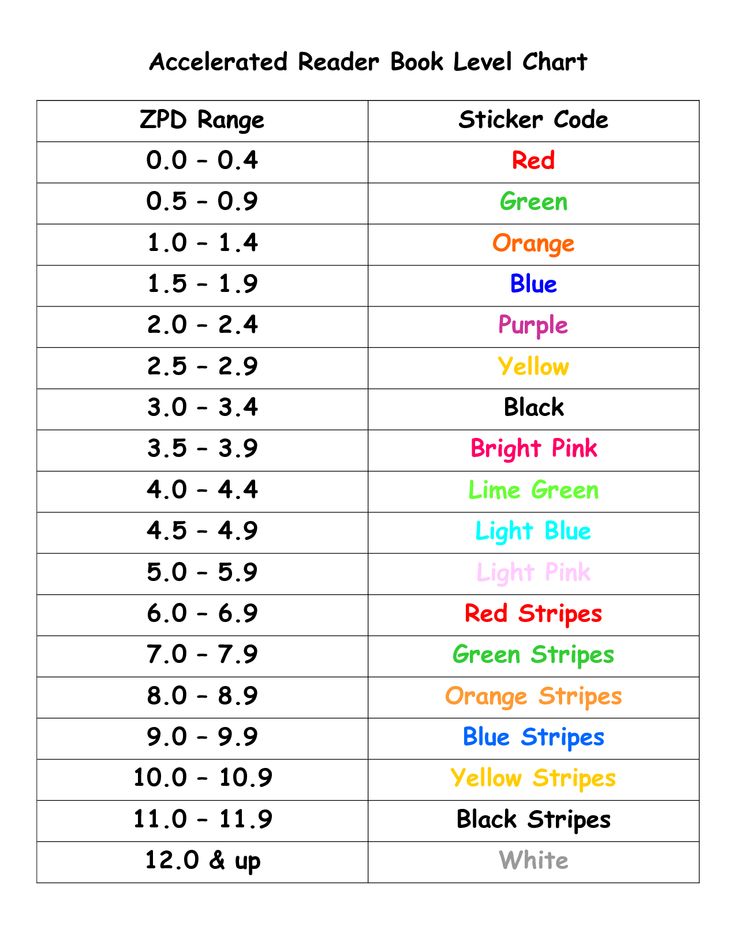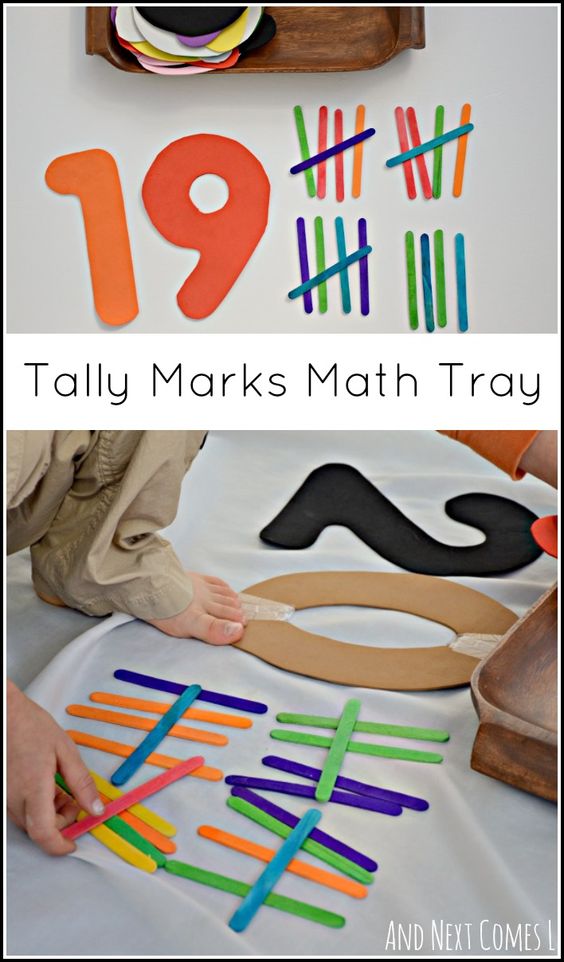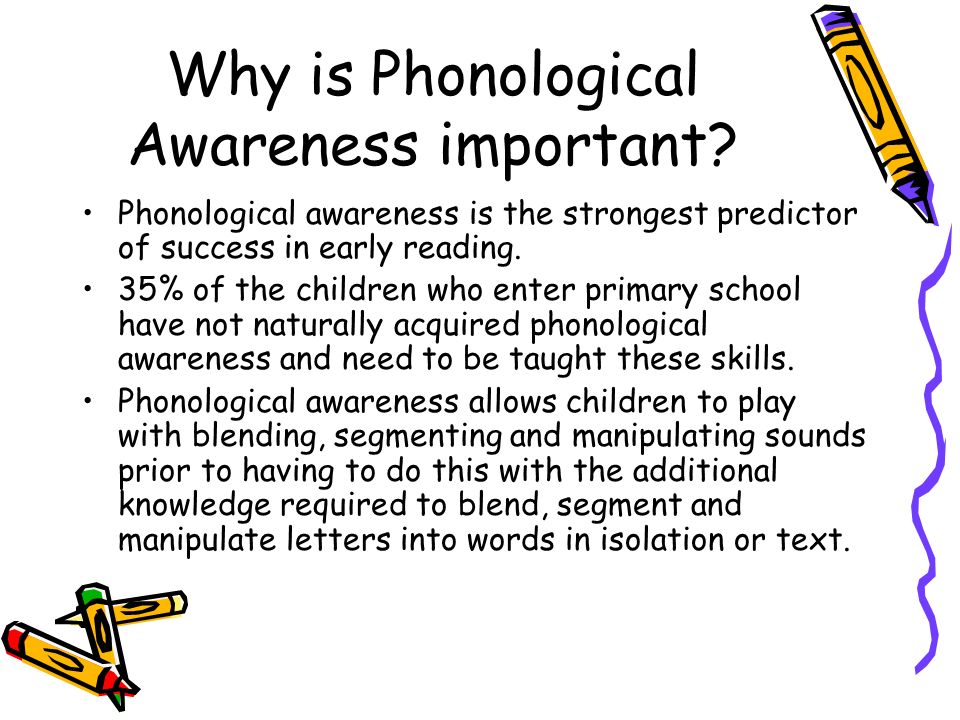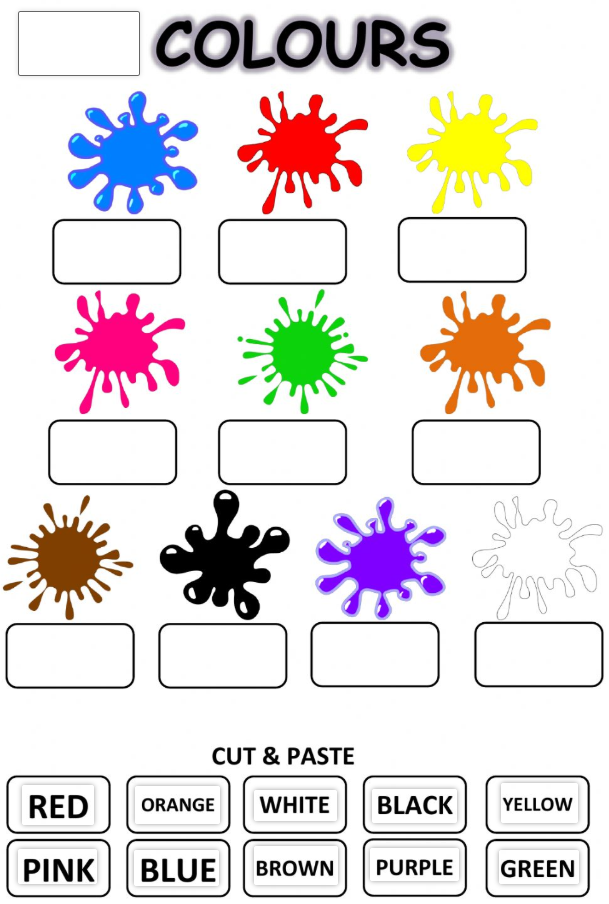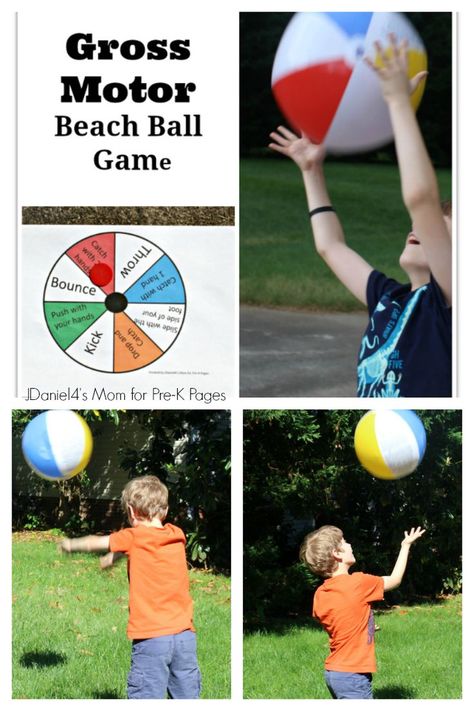Why are phonics important
Phonics (emergent literacy)
Phonics is the ability to map sounds onto letters (sound-letter knowledge).
Children start to develop this early decoding ability in early childhood.
The ability to decode words is strongly reliant on children having strong phonological awareness skills, which are a gateway into letter-sound knowledge.
Phonics knowledge allows children to understand the link between sounds (phonemes) and letter patterns (graphemes).
Phonics can be introduced through emergent literacy experiences.
In early childhood children will typically develop an emerging awareness of phonics, and that other aspects of emergent literacy and oral language are the main foci.
English is an alphabetic language as it has 26 letters and 44 speech sounds. Combinations of these letters are used to represent all the different speech sounds (phonemes).
In English, sound-letter patterns can be either single letters (graph), two letters (digraph), three (trigraph), or four letters (quadgraph) to spell these sounds:
| Sound-Letter pattern | Grapheme | Example grapheme | Example word |
|---|---|---|---|
| 1 letter making 1 sound | graph | b a | rub cat |
| 2 letters making 1 sound | digraph | ch oy | chop soy |
| 3 letters making 1 sound | trigraph | dge ere | ridge here |
| 4 letters making 1 sound | quadgraph | ough | through though |
Learn more about the 44 sounds of English:
- 44 sounds of English (docx - 224.
96kb)
- 44 sounds of English (pdf - 546.72kb)
- Phonological awareness
Early phonics knowledge is the key to starting to decode written words. Children can use phonics knowledge to “sound out” words.
[Children] learn to recognise how sounds are represented alphabetically and identify some letter sounds, symbols, characters and signs.
VEYLDF (2016)
Phonics is essential for children to become successful readers and spellers/writers in the early years of schooling and beyond. Introductions to phonics through engaging learning experiences can start from the ages of 3 and 4.
Phonological awareness is the awareness of speech sounds, syllables, and rhymes. Phonemic awareness is the phoneme (“speech sound”) part of this skill, and involves children blending, segmenting, and playing with sounds to make new words.
Phonics is the mapping of speech sounds (phonemes) to letter patterns (graphemes).
Phonological Awareness and Phonics are therefore not the same. However, these literacy foci overlap quite a lot, especially in the early years of primary school.
The following ages and stages are a guide that reflects broad developmental norms, but doesn’t limit the expectations of every child (see VEYLDF Practice Principle: High expectations for every child). It is always important to understand children’s learning and development as a continuum of growth, irrespective of their age.
Early communicators (birth - 18 months):
- developing interest in books and print
Early language users (12 - 36 months):
- interested in print
- pretending to read
- enjoying storybook reading
- interested in syllables, rhymes, sounds
- experimenting with mark making and drawing
Language and emergent literacy learners (30 - 60 months):
- growing awareness of words and print (metalinguistic skills)
- playing with sounds and language
- recognition of:
- familiar words by recognising only a few letters
- printed material
- trademarks
- own name
- scanning of material from left to right
- growing letter-sound (phonics) awareness
- starting to experiment with writing and spelling.
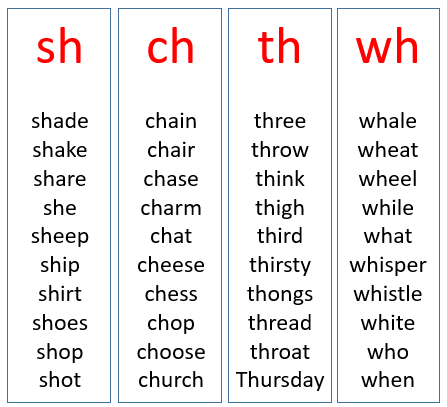
Early writing and spelling experiences are a great way to introduce phonics.
For introductions to letter-sound patterns, it is best to begin with the simplest graphemes.You can introduce these through environmental print, shared book reading, shared drawing and writing experiences, and letter games.
These introductory phonics patterns (graphemes) are the first building blocks of simple words.
Using just these simple patterns, educators and children can create 100s of words, all using these short vowel sounds:
- short /a/ — for example cat dab man tap bag
- short /e/ — for example met fed wet men get
- short /i/ — for example kit lid nip fit fix quit
- short /o/ — for example cot pod got top
- short /u/ — for example cut dub tug bun
You can download this overview of phonics patterns to see the scope of sound-letter patterns from simple to complex.
- Phonics patterns (docx - 212.49kb)
- Phonics patterns (pdf - 535.
 06kb)
06kb)
Irregular words
Some words do not follow the sound-letter (phonics) rules. These are known as irregular words.
- regular words are words that can be decoded using knowledge of phonics patterns (for example get, well, which, before)
- irregular words are words that do not conform to phonics patterns (do, said, could, yacht, doubt).
Sometimes you will come across irregular words in emergent literacy experiences. For these words sounding out won’t really work, so you can read (or spell) the whole word for children.
Look at the more complex phonics patterns to know which words have intermediate/advanced patterns, and which are irregular.
- Phonics patterns (docx - 212.49kb)
- Phonics patterns (pdf - 535.06kb)
Blends vs. digraphs/trigraphs
Consonant blends are combinations of consonants that appear before or after a vowel (for example plug, splat, grump, spilt).
Sometimes blends can be confused with digraphs (for example rich, shut) and trigraphs (r i dge).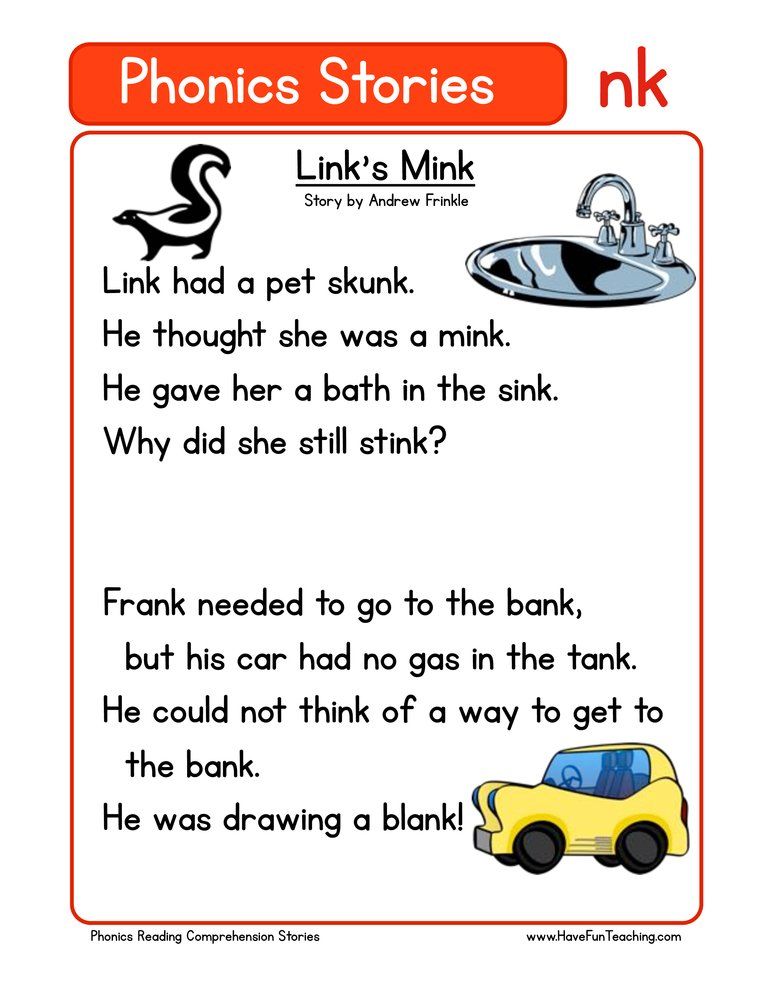
If you can break the sounds apart then you are hearing a blend:
- for example split —> /s/ /p/ /l/ /i/ /t/
- for example pink —> /p/ /i/ /n/ /k/
If the sounds will not break apart then it must be a digraph, trigraph or quadgraph:
- ship —> /sh/ /i/ /p/
- itch —> /i/ /tch/
Introducing phonics is a key to early reading and spelling success.
An awareness of the links between speech sounds (phonemes) and letter patterns (graphemes) is one of the essential parts within the Four Resources model of reading (Luke & Freebody, 1999).
When beginning to read, children need to "break the code" of written language (decoding). When spelling they need to “use the code” to turn their speech into written words (encoding).
Strong evidence demonstrates the importance of phonics for literacy teaching, particularly in the early years of Primary. When educators introduce children to sound-letter patterns through engaging emergent literacy experiences, it makes the transition to early reading and spelling much smoother.
The evidence for this includes the synthesis of research literature in the Australian National Inquiry into the Teaching of Reading (Rowe et al., 2005). In this review, they found that numerous studies support the effectiveness of phonics for early reading skills. In particular, teaching practices in early Primary school that included an explicit focus on the sound-letter patterns (graphemes), and applied these to reading and writing experiences were most effective.
These findings are also replicated in Hattie's (2009) Visible Learning, the US National Reading Panel (2000) and the UK Rose Review (2006).
Phonics: Getting started downloadable for:
- Early communicators and early language users
- Language and emergent literacy learners
- listen and respond to sounds and patterns in speech, stories and rhymes in context
- begin to understand key literacy and numeracy concepts and processes, such as the sounds of language, letter–sound relationships, concepts of print and the ways that texts are structured.
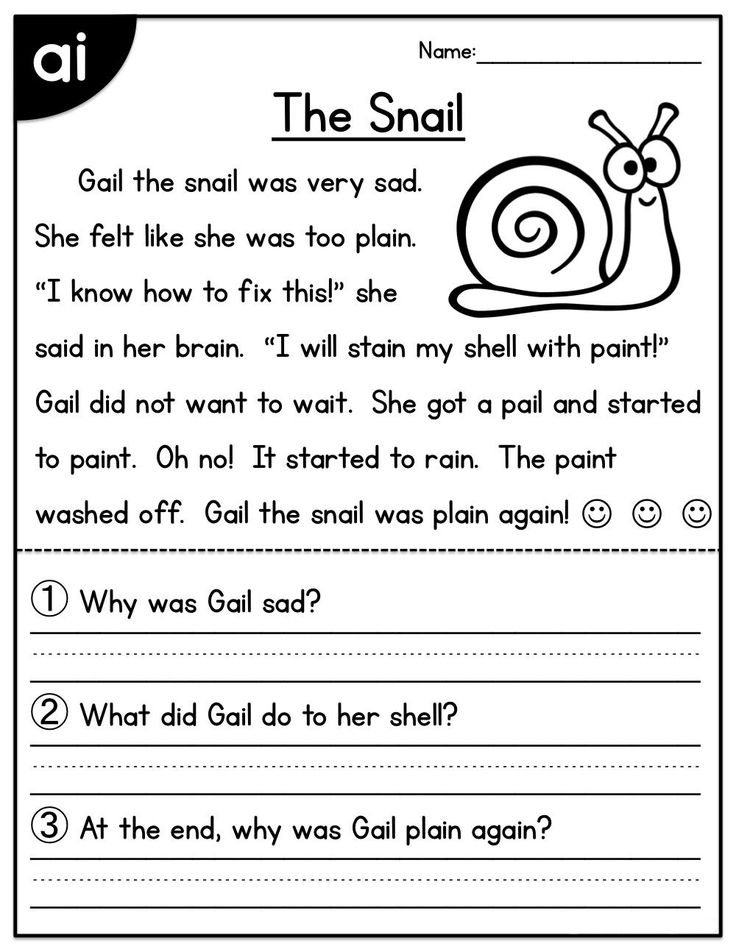
- begin to recognise patterns and relationships and the connections between them.
- develop an understanding that symbols are a powerful means of communication and that ideas, thoughts and concepts can be represented through them
- begin to be aware of the relationships between oral, written and visual representations
- listen and respond to sounds and patterns in speech, stories and rhyme.
- Phonological awareness through rhyme and stories
Victorian early years learning and development framework (VEYLDF, 2016)
Outcome 5: communication
Children engage with a range of texts and get meaning from these texts:
Children express ideas and make meaning using a range of media:
Children begin to understand how symbols and pattern systems work:
For age groups: early language users (12 - 36 months):
For age groups: language and emergent literacy learners (30 - 60 months) :
- Bee bee bumble bee
- The sounds in my name
- Clay letters: fine motor and phonics
- Phonological awareness through rhyme and stories
- Phonological awareness
- Speech sounds
Hattie, J.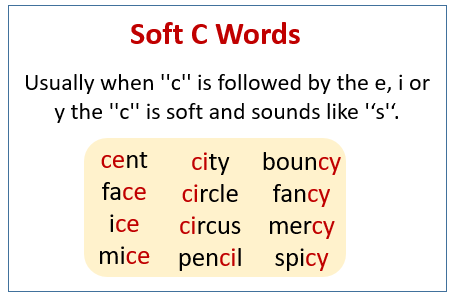 (2009), Visible Learning; a synthesis of over 800 meta-analyses relating to achievement, Routledge, London.
(2009), Visible Learning; a synthesis of over 800 meta-analyses relating to achievement, Routledge, London.
Luke, A., & Freebody, P. (1999). Further notes on the four resources model. Reading Online. Available from:
NRP, National Reading Panel (2000a). Teaching children to read: An evidence-based assessment of the scientific research literature on reading and its implications for reading instruction. Washington, DC: National Institute of Child Health and Human Development (NICHD).
Rowe, Ken and National Inquiry into the Teaching of Literacy (Australia) (2005) Teaching reading. Canberra, Australia. Available from:
"Rose Review". Department for Education, 2010, Importance of teaching: The Schools White Paper Executive Summary, TSO, London, England. Available from the UK Government website
Victorian State Government Department of Education and Training (2016, Victorian Early Years Learning and Development Framework (2016). Retrieved 3 March 2018,
Victorian Curriculum and Assessment Authority (2016) Illustrative maps from the VEYLDF to the Victorian Curriculum F–10.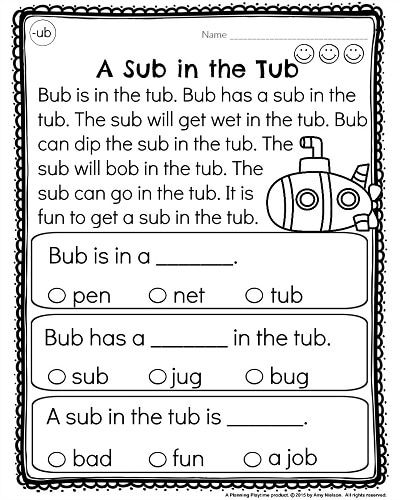 Retrieved 3 March 2018,
Retrieved 3 March 2018,
what is phonics and why is it important?
The efficacy of phonics as a method of teaching has been debated for several decades, and has recently come back to the forefront of public debate.
This time, the focus is on the phonics check – a screening tool designed to identify early readers who may be in need of intervention, and provide some indication of how successful current phonics teaching methods are. The UK has been using the Phonics Screening Check (PSC) since 2012, and now there is a push to implement a trial of the same check in Australia. This has raised some concerns.
So what’s the fuss about phonics?
What is phonics?
Scientific studies have repeatedly found that explicit systematic phonics instruction is the most effective way to teach children how to read. Without it, some children will end up having serious reading difficulties. But what is explicit systematic phonics? Let’s break this term down.
Phonics – teaching children the sounds made by individual letter or letter groups (for example, the letter “c” makes a k sound), and teaching children how to merge separate sounds together to make it one word (for example, blending the sounds k, a, t makes CAT). This type of phonics teaching is often referred to as “synthetic phonics”.
This type of phonics teaching is often referred to as “synthetic phonics”.
Explicit – directly teaching children the specific associations between letters and sounds, rather than expecting them to gain this knowledge indirectly.
Systematic – English has a complicated spelling system. It is important to teach letter sound mappings in a systematic way, beginning with simple letter sound rules and then moving onto more complex associations.
The term “phonics” has been used quite loosely by several reading programs, with some straying from these fundamental principles.
For example, some programs, such as Embedded Phonics, teach phonics by asking children to guess unfamiliar words using cues, such as the meaning of a word gleaned from sentence context.
Other programs ask children to look at words (for example, pig, page, pen all start with the same sound) and learn letter-sound rules by analysing or making comparisons between those words (analogy or analytical phonics).
These programs are not as effective as those focusing on letter-sound knowledge taught in an explicit and systematic fashion.
Why is it important?
Phonics instruction teaches children how to decode letters into their respective sounds, a skill that is essential for them to read unfamiliar words by themselves.
Keep in mind that most words are in fact unfamiliar to early readers in print, even if they have spoken knowledge of the word. Having letter-sound knowledge will allow children to make the link between the unfamiliar print words to their spoken knowledge.
Another aspect that is rarely discussed is that the letter-sound decoding process itself is a learning mechanism. For example, make a mental note of how you feel when reading the following words:
Wingardium Leviosa
When you first read these words, you probably used your letter-sound knowledge, which involved two important processing stages:
1) It helped you produce the correct sound of an unfamiliar print word. If you’re a Harry Potter fan, the pronunciation also probably lit up connections to the meaning of the word.
If you’re a Harry Potter fan, the pronunciation also probably lit up connections to the meaning of the word.
2) It drew your attention to the details and the combination of the letters of the word.
These two steps then function as a learning mechanism, allowing you to recognise the previously unfamiliar word quicker the next time around (go back to read the words again and see how you feel about them now).
This transition from slowly sounding out a word, to rapidly recognising it, is what we call “learning to read by sight”. Every reader must make this transition to read fluently.
It is true that there are many English words, such as yacht and isle that do not follow typical letter-sound rules. Even then, research has shown that children can still learn these words successfully by decoding some parts of the word (y … t for yacht), with help from spoken vocabulary knowledge to facilitate the learning.
Phonics is important not only because this knowledge allows children to read on their own, but it is also a learning mechanism that builds up a good print word dictionary that can be quickly accessed.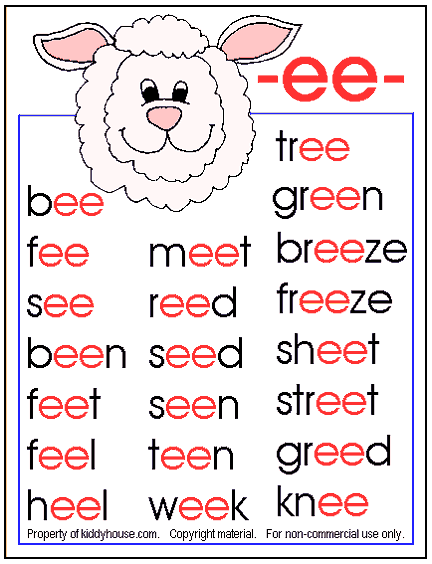
Will it really improve reading?
Recent National Assessment Program – Literacy and Numeracy (NAPLAN) results have shown no improvement in reading and writing skills despite much government funding.
The Program for International Student Assessment (PISA) results demonstrated a steady decline in children’s reading ability in Australia since 2000.
So will more effective phonics instruction really help to improve these results?
Of course, reading effectively (whether to learn or for pleasure) is not just about phonics or having a decent store of single words.
Functional reading requires several other skills such as good vocabulary, the ability to extract inferences, and synthesise and hold information in memory across several sentences. But if your single word reading is not efficient, comprehension is going to be dramatically affected.
If we use building a house as an analogy, understanding text is the complete home; single word reading ability is the structural frame of the house, and phonics is the foundation of that frame.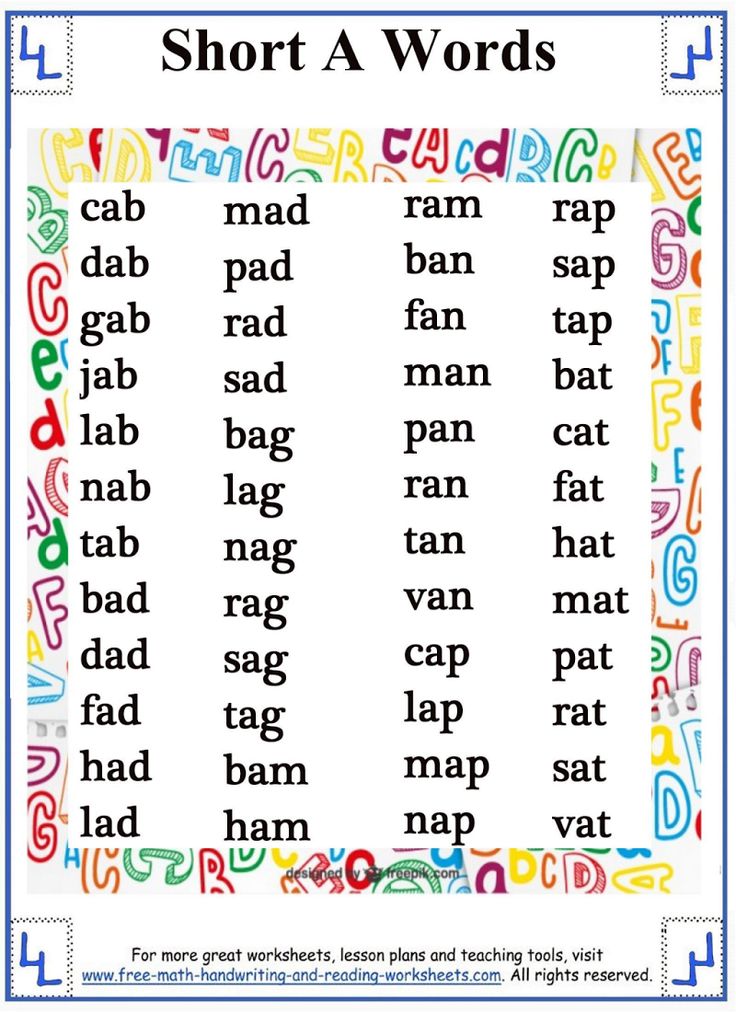
Effective phonics instruction is important because letter-sound knowledge is the foundation needed to build up reading and writing abilities.
The phonics screening check will indicate whether children have gained the necessary skills. If not, schools need to review current methods of teaching and implement methods that stick with evidence-based principles of explicit, systematic phonics teaching.
Why Acoustics Matter - Technology Innovation
Why Acoustics Matter - Technology Innovation - XAL Peaceful environment is one of the most important human needs. However, we are usually exposed from morning to evening to a wide variety of sounds and noises, from the ringing of an alarm clock to extraneous conversations in today's open-plan offices. The quality of acoustics in a room is considered one of the most important factors for a person's well-being. Studies have shown that acoustics affects not only productivity, but in general the quality of the joint presence of people in one place, as well as their health.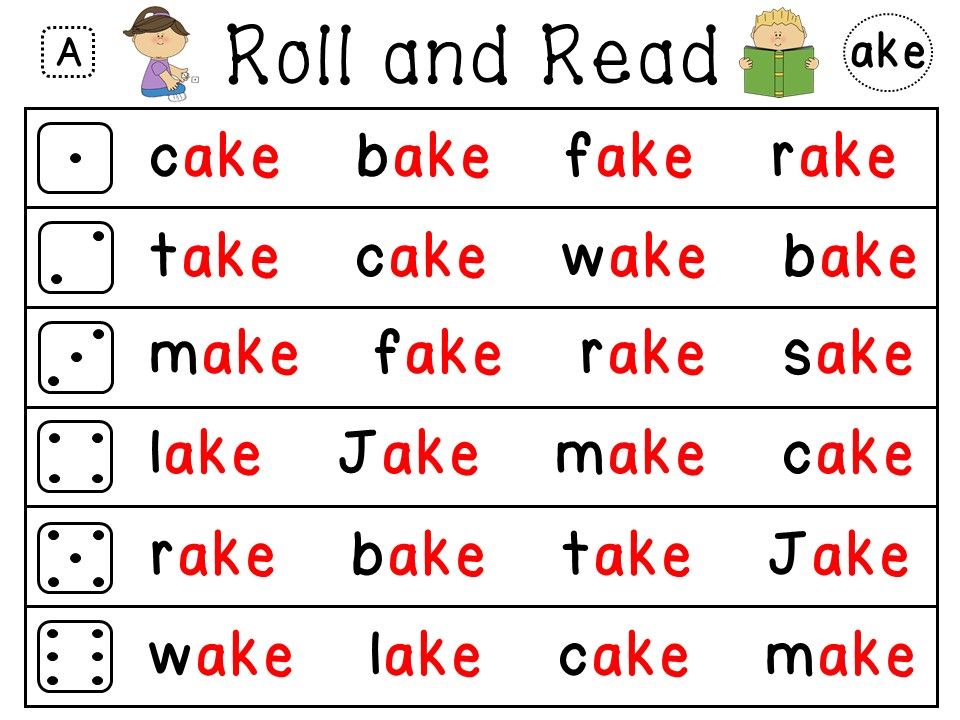 XAL's goal is to create spaces where people feel at ease and safe while performing their tasks effectively. With this in mind, we have developed a wide range of products that harmoniously combine lighting and acoustic possibilities. Acoustic lighting creates optimal lighting conditions and a balanced acoustic environment. This approach increases concentration, encourages social interaction, and improves overall well-being. nine0003
XAL's goal is to create spaces where people feel at ease and safe while performing their tasks effectively. With this in mind, we have developed a wide range of products that harmoniously combine lighting and acoustic possibilities. Acoustic lighting creates optimal lighting conditions and a balanced acoustic environment. This approach increases concentration, encourages social interaction, and improves overall well-being. nine0003
Noise provokes illness
At the same time, our body secretes stress hormones that worsen our well-being for a long time.
Noise is a stressor. This is due to evolution: (alarm) sounds trigger fight-or-flight responses. Due to the increased release of stress hormones such as adrenaline and norepinephrine, the pulse and blood pressure rise to narrow the focus of attention and provide enough oxygen to the muscles. The body compensates for this loss of energy by increasing the release of cortisol, which increases blood fat and sugar levels.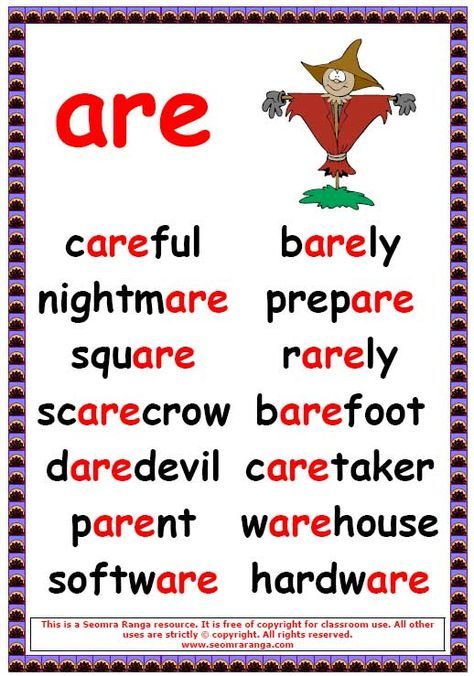 It is these physiological processes that help us cope with stress at the right time, but they also contribute to disease in the long run. Unfortunately, the origin of the noise does not matter: although today loud sounds rarely mean a danger to life, the body still reacts according to the same pattern. A calm, balanced acoustic situation in a room significantly alleviates the physiological symptoms of stress, thus positively and lastingly affecting overall health. nine0003
It is these physiological processes that help us cope with stress at the right time, but they also contribute to disease in the long run. Unfortunately, the origin of the noise does not matter: although today loud sounds rarely mean a danger to life, the body still reacts according to the same pattern. A calm, balanced acoustic situation in a room significantly alleviates the physiological symptoms of stress, thus positively and lastingly affecting overall health. nine0003
Noise is distracting
Even a whisper is enough to break concentration.
The whisper volume is only 30 dB. And despite this, it still negatively affects both the mental state and cognitive abilities. Even after minimal distraction at work, it takes us, on average, 25 minutes to return to the original task, and another eight minutes to reach the initial level of concentration. nine0015 1) Researchers have come up with a term for this severe drop in concentration and difficult recovery: the sawtooth effect.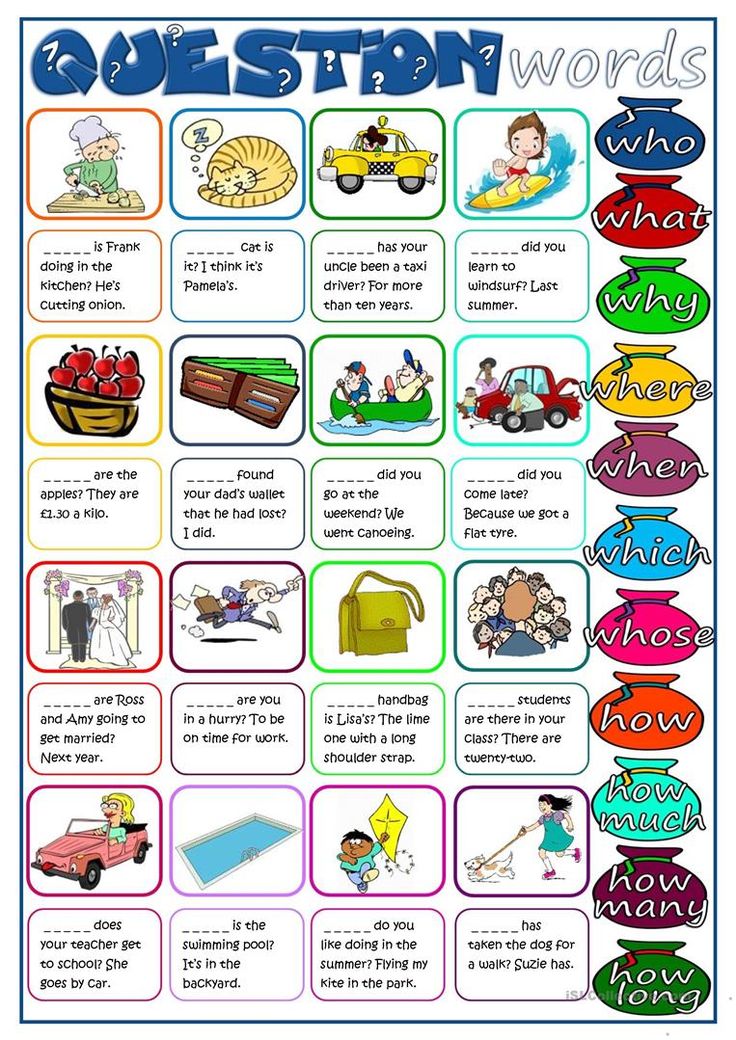 Good room acoustics enhance concentration as they help to minimize noise-induced distractions.
Good room acoustics enhance concentration as they help to minimize noise-induced distractions.
Noise isolating
The louder the environment, the less conditions for personal communication. nine0007
To satisfy the need for privacy in large open offices, the only choice is often to withdraw into oneself and withdraw from others. An example is wearing headphones. In addition, in large offices, the quality of personal contacts deteriorates, since in such conditions it is difficult to conduct confidential conversations face to face. Compared to small offices, face-to-face communication in open-plan offices is reduced by about 70% 2) and employees are moving to email and instant messaging. Balanced room acoustics limit sound propagation, creating a trusting atmosphere for private conversations, even in large offices. Thus, acoustic planning is essential to create a productive yet socially open work environment where people feel connected to others and interact.
Degradation of performance due to poor room acoustics should not be allowed.
In the knowledge economy, personnel costs have become the largest cost factor. Employees create added value through focused work and their mental activity. Good acoustic parameters help to concentrate better, reduce distractions and stress. The increase in performance, measured by the error rate and short-term memory, reaches 10%. nine0015 3) This calculation example for an open-plan office with 32 employees uses a conservative estimate of a 5% increase in productivity if room acoustics are optimized. But in any case, this proves that you should not neglect cost reduction through such optimization.
| Monthly value created per employee (St) 4) | 8.300 € |
| Additional monthly value created per ST with optimized acoustics (5%) | 415 € |
| Monthly benefit with optimized acoustics and 32 St | 13. 280 € 280 € |
| Monthly benefit with optimized acoustics | 159.360 € |
| Optimal office equipment with XAL MUSE (acoustics and lighting) | from 63.520 € |
See the light
Acoustics
- Main page
- Acoustics
Stereo and stereo loudspeakers . First of all, it should be noted that at present, most acoustic manufacturers do not position their products as strictly stereophonic, i.e. it is understood that they can also be used as part of multi-channel home theater systems. Only the upper lines of acoustics of some companies can be considered a relative exception, for example, the Prestige line of Tannoy, or the upper horn models of Klipsch. However, nothing prevents building a multi-channel system based on them. At the same time, a number firms produces a line of acoustics designed exclusively for home theater. Such speakers have the same dimensions for all channels and are distinguished by a strict dry monitor sound, which makes their use in a stereo system impractical. As a rule, such acoustics directly need the support of one or more subwoofers, which is generally undesirable for a stereo system: even the best subwoofers strive to "live their own lives", because of this, bass consistency and articulation suffer when playing music programs. nine0003
At the same time, a number firms produces a line of acoustics designed exclusively for home theater. Such speakers have the same dimensions for all channels and are distinguished by a strict dry monitor sound, which makes their use in a stereo system impractical. As a rule, such acoustics directly need the support of one or more subwoofers, which is generally undesirable for a stereo system: even the best subwoofers strive to "live their own lives", because of this, bass consistency and articulation suffer when playing music programs. nine0003
Let's talk briefly about stereophony. Stereo systems are called surround sound systems based on a two-channel recording, played back, as a rule, by one pair of speaker systems : right and left speakers placed in front of the listener. Probably, the idea of the inventors of stereophony moved in the following way: a person has two ears and with their help he hears a three-dimensional sound space from all sides, which means that with the help of two sound sources, each affecting “his” ear, you can achieve a sound effect close to natural . For the first time, A. Blumlein drew attention to this possibility in 1931 years old. Stereophony is based on the ability of a person to determine the location of the sound source based on the intensity of the impact and the difference in time when the signal enters the right and left ears. Imagine a listener in front of two speakers. If the same signal of equal loudness, for example, a click, sounds in both speakers at the same time, the listener will have the feeling that the sound source is located exactly in the middle between the speakers. If the sound in the left speaker is louder, the apparent source of the sound will shift to the left. If the signal sounds several times, each time quieter, there will be a feeling that its source is moving away. This is the so-called level or intensity stereolocalization mechanism (intensity stereo). It is he who is used in most modern multi-microphone recordings, as well as in the Blumlein, X / Y, M / S systems. Let's imagine the second situation.
For the first time, A. Blumlein drew attention to this possibility in 1931 years old. Stereophony is based on the ability of a person to determine the location of the sound source based on the intensity of the impact and the difference in time when the signal enters the right and left ears. Imagine a listener in front of two speakers. If the same signal of equal loudness, for example, a click, sounds in both speakers at the same time, the listener will have the feeling that the sound source is located exactly in the middle between the speakers. If the sound in the left speaker is louder, the apparent source of the sound will shift to the left. If the signal sounds several times, each time quieter, there will be a feeling that its source is moving away. This is the so-called level or intensity stereolocalization mechanism (intensity stereo). It is he who is used in most modern multi-microphone recordings, as well as in the Blumlein, X / Y, M / S systems. Let's imagine the second situation.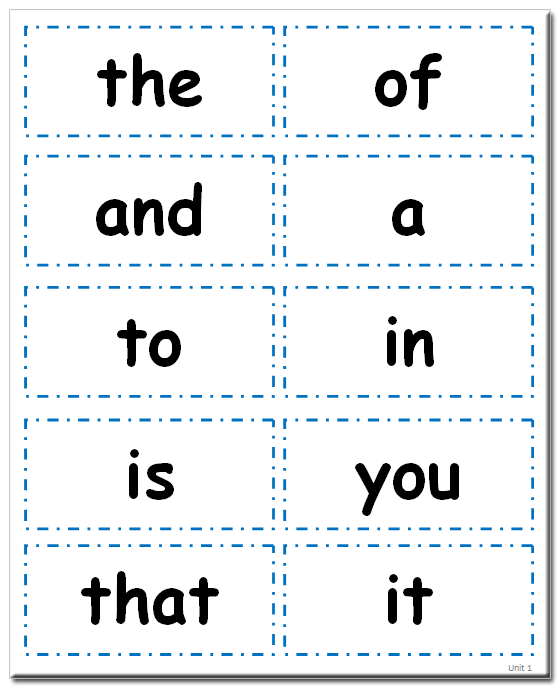 Both speakers will sound the same volume signal, but in the right one a fraction of a second earlier than in the left. For the listener, the apparent sound source will shift to the right. In this case, the temporal (phase) localization mechanism works, based on differences in signal delays. Stereo recording systems based on time differences of signals (time based stereo, A-B systems, ORTF, SASS) are also included in the arsenal of a modern sound engineer. (for microphone techniques, see "Audio Shop" 4(5)95, p. 66-73) Over time, it turned out that stereophony has drawbacks on which I will not dwell in detail, it is important that with an increase in the number of channels these shortcomings are not eliminated, but only aggravated. , multi-channel and stereo tracks, most listeners prefer stereo recordings as more energetic, dense and articulate. If we take into account that the first stereo disc was released in 1957, it is clear that a powerful layer of musical and engineering culture of the 20th century is associated with stereophony, and the profession of a sound engineer who mixes soundtracks, “making sound”, has become, like the profession of a film director, creative: relying on on a modern technical arsenal, he became a full-fledged co-creator of music albums and can create the most fantastic sound canvases, in accordance only with the wishes of the performers and his own sense of proportion and taste.
Both speakers will sound the same volume signal, but in the right one a fraction of a second earlier than in the left. For the listener, the apparent sound source will shift to the right. In this case, the temporal (phase) localization mechanism works, based on differences in signal delays. Stereo recording systems based on time differences of signals (time based stereo, A-B systems, ORTF, SASS) are also included in the arsenal of a modern sound engineer. (for microphone techniques, see "Audio Shop" 4(5)95, p. 66-73) Over time, it turned out that stereophony has drawbacks on which I will not dwell in detail, it is important that with an increase in the number of channels these shortcomings are not eliminated, but only aggravated. , multi-channel and stereo tracks, most listeners prefer stereo recordings as more energetic, dense and articulate. If we take into account that the first stereo disc was released in 1957, it is clear that a powerful layer of musical and engineering culture of the 20th century is associated with stereophony, and the profession of a sound engineer who mixes soundtracks, “making sound”, has become, like the profession of a film director, creative: relying on on a modern technical arsenal, he became a full-fledged co-creator of music albums and can create the most fantastic sound canvases, in accordance only with the wishes of the performers and his own sense of proportion and taste.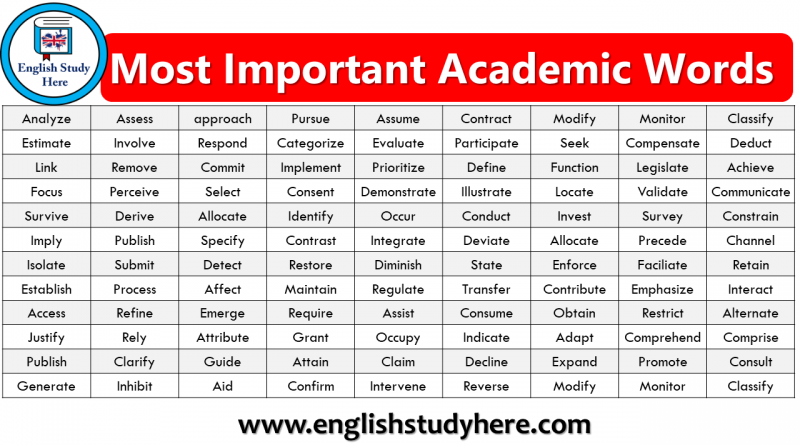 Probably the most famous and popular sound engineer in our country is Alan Parsons, whose merits it makes no sense to enumerate. nine0003
Probably the most famous and popular sound engineer in our country is Alan Parsons, whose merits it makes no sense to enumerate. nine0003
About the speakers . I have already mentioned that most companies do not make a strict distinction between stereo and cinema acoustics, preferring to produce something universal for commercial reasons. This is good for an ordinary consumer: you can almost always buy satellites, a center channel and a subwoofer designed in the same design to your stereo pair, integrate your stereo amplifier with an A / V receiver and get a universal audio complex without losing "living space" and money. Therefore, stereoacoustics should be understood as any acoustic systems capable of adequately reproducing most of the audible frequency range with a lower limit of at least 45 hertz. This condition is formally satisfied even by high-quality "shelf speakers". But true music lovers prefer to separate the stereo system and the cinema, often spreading them in the room, and even in different rooms.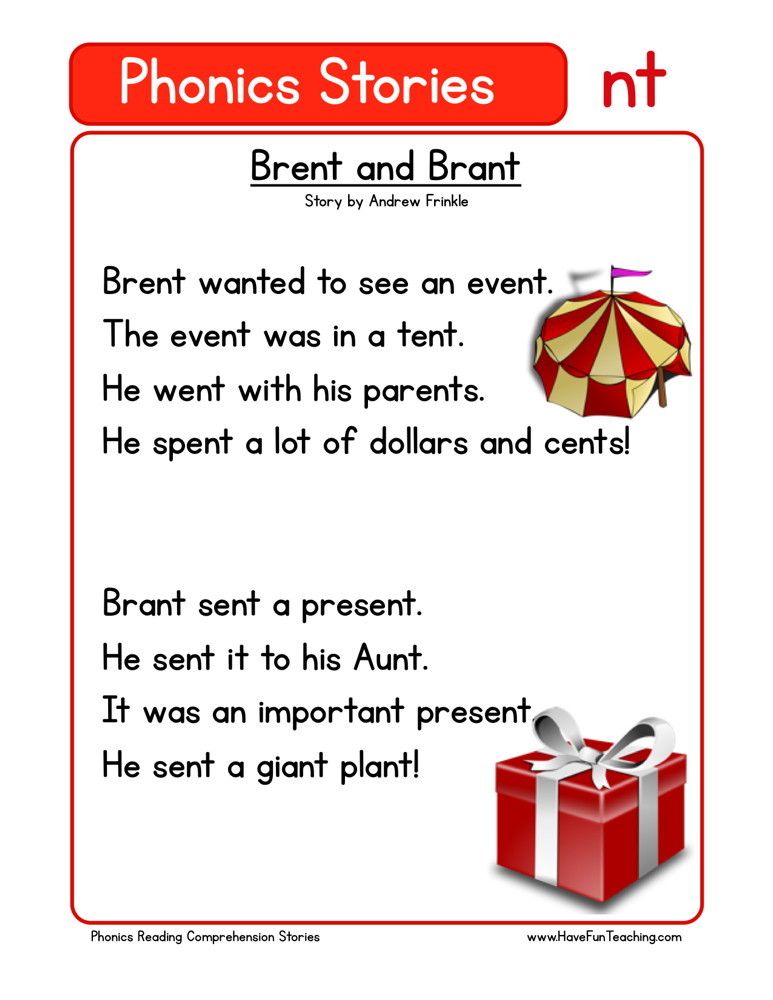 For, strictly speaking, the purpose and methods of influencing the listener are different for a stereo system and a home theater system. The stereo system must transmit high-quality music, multi-channel cinema-sounds. Practice shows that this is not quite the same thing. The sound of real stereo speakers is musical, unfatiguing, melodious, “soulful.” They seem to encourage a person to listen to music, themselves imperceptibly dissolving in space. The sound of real theater speakers is dry, businesslike, distinct, with rather aggressive dynamics. They look like salesmen energetically selling their goods. In the cinema, this is justified: their task is to keep the viewer in constant tension. Do you want to constantly strain while listening to music? nine0003
For, strictly speaking, the purpose and methods of influencing the listener are different for a stereo system and a home theater system. The stereo system must transmit high-quality music, multi-channel cinema-sounds. Practice shows that this is not quite the same thing. The sound of real stereo speakers is musical, unfatiguing, melodious, “soulful.” They seem to encourage a person to listen to music, themselves imperceptibly dissolving in space. The sound of real theater speakers is dry, businesslike, distinct, with rather aggressive dynamics. They look like salesmen energetically selling their goods. In the cinema, this is justified: their task is to keep the viewer in constant tension. Do you want to constantly strain while listening to music? nine0003
Therefore, an honest consultant in the salon, who has extensive experience in dealing with acoustics from different companies, will frankly share his impressions with you: these speakers are unusually musical, made by a music lover for music lovers, these are monitors, a working instrument, but do not expect sincerity, this system -certified by Lucas and you should strictly watch "Wars" and "Jurassic Park" on it -you will tremble with adrenaline, and these are both ours and yours, just little by little and cost moderately.
The question is often asked: how much power do these speakers have? It should be remembered that conscientious manufacturers indicate two power values: nominal, i.e. the power value at which harmonic distortion does not exceed the declared values, and musical: the maximum possible input without the threat of mechanical damage to the speaker. It is clear that when the speaker is close to exploding, the sound quality is out of the question. Now more often indicate the recommended power range of the amplifier, for example: 25-125 watts. This is convenient, because the properties of the speaker are also taken into account, in particular, the characteristic sensitivity, in fact, the efficiency, and the capabilities of typical amplifiers. We can assume that the lower value is the minimum requirements for the amplifier with which the acoustics will play with the declared quality, but it’s better not to approach the upper one, especially if there are curious children in the house. In this case, you should be aware that columns with a sensitivity of 89-91 dB / W / m play loudly already when a signal of 3-4 W is applied to their input! Therefore, the indicated 25 W only to some extent characterize the ability of the amplifier to give peak signal values and “pump” the heaviest, low-frequency region of the range. If the acoustics have a "heavy" character, i.e. there are dips in resistance up to 2-3 ohms, in pair with it you will need an amplifier capable of delivering large current values to the load - they are jokingly called “welding machines”, otherwise dips in bass and general lethargy of the dynamics cannot be avoided. nine0003
The next frequently asked question is: which acoustics should I choose, bookshelf or floorstanding? Let's start with the fact that almost two-thirds of the cost of a modern speaker comes from the case. Accordingly, large and well-made floorstanders are more expensive. Not only the consumption of material increases, but also the complexity of manufacturing: to make the case acoustically neutral, all kinds of spacers, ties, stiffeners, etc. are required. On the other hand, a larger internal volume allows floor-standing speakers to have better sensitivity and reproduce deeper bass even with the same set of speakers. For stereo, the ability of just a pair of speakers to reproduce the entire frequency range is very important. Ceteris paribus, floor acoustics sound, as a rule, on a larger scale, giving a “big” sound. At the same time, shelf speakers win in a small room, because. with a small front panel area, they unmask themselves less in space and, approaching the ideal “sounding point”, create a better stereo effect at close range. It also happens that there is literally nowhere to place the speakers, except on the wall or on a shelf. nine0003
Next question: two or three lanes? The main argument of supporters of two-way (that is, having two speakers - the main mid-low frequency and high frequency) acoustic systems: simple low-order crossover filters can be used, without impedance equalizing chains, this allows the use of expensive coils and capacitors and gives better phase characteristics. The consequence is that two-way systems generally play livelier and more natural. But, the supporters of three-way systems object, it is difficult, almost impossible to achieve deep bass from two-way speakers: natural deep light bass is created by a short-range speaker of a large area, and it does not fit well with a small “tweeter”, you need an intermediate in frequency and geometric dimensions, a third emitter.